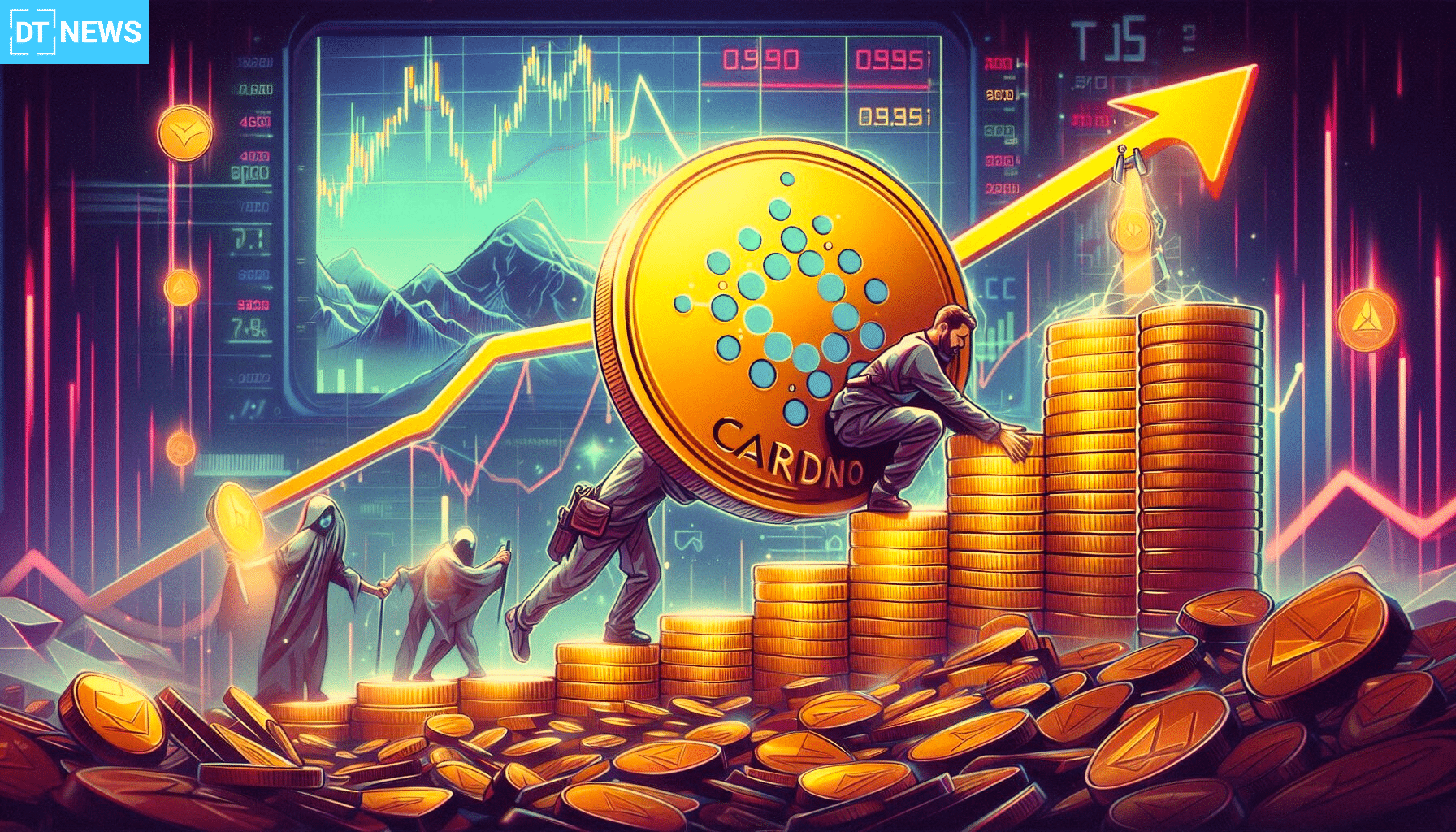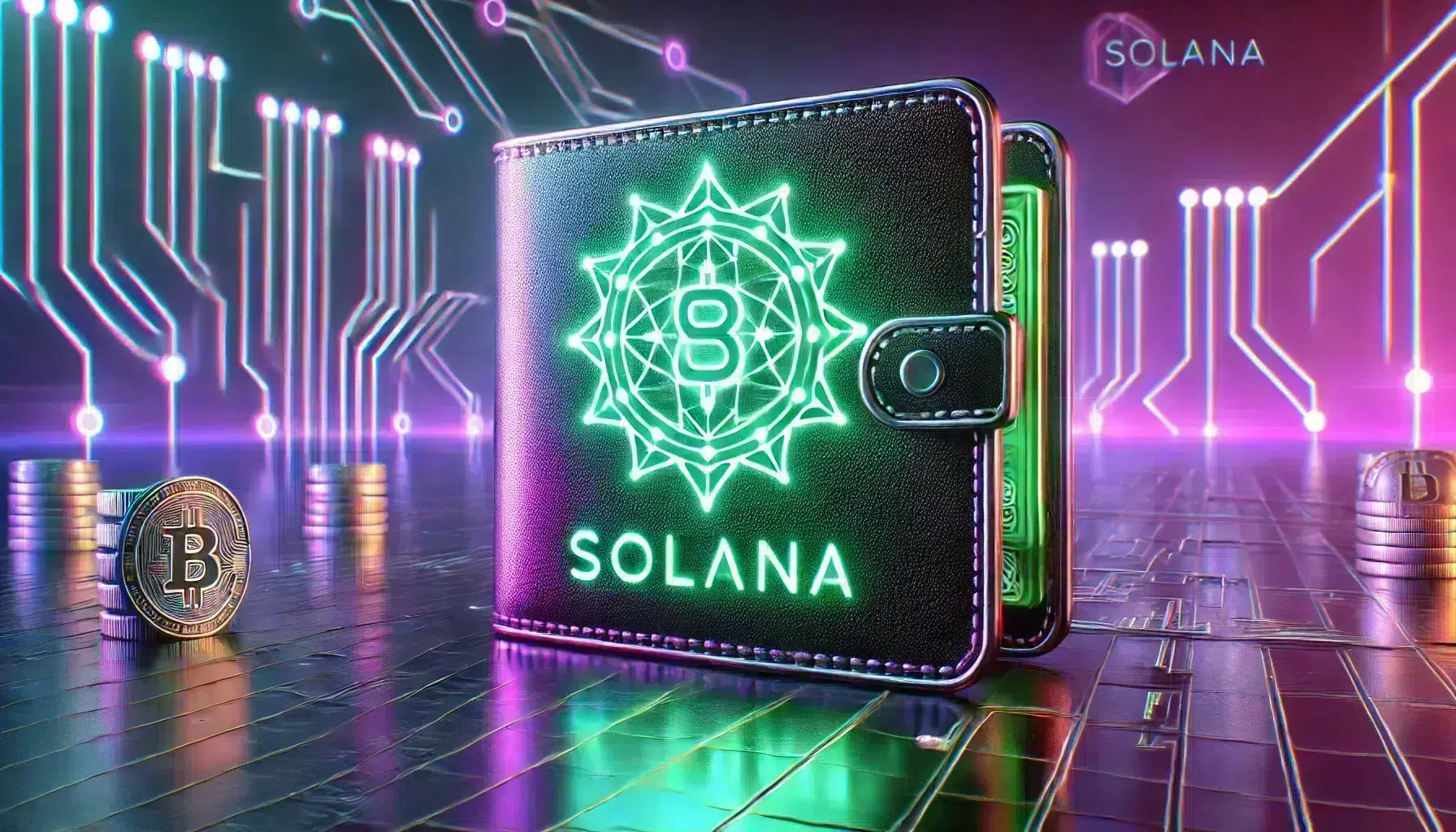 CaryptosHeadlines Media Has Launched Its Native Token CHT.
Airdrop Is Live For Everyone, Claim Instant 5000 CHT Tokens Worth Of $50 USDT.
Join the Airdrop at the official website,
CryptosHeadlinesToken.com
CaryptosHeadlines Media Has Launched Its Native Token CHT.
Airdrop Is Live For Everyone, Claim Instant 5000 CHT Tokens Worth Of $50 USDT.
Join the Airdrop at the official website,
CryptosHeadlinesToken.com
In early January at the annual Consumer Electronics Show (CES), Nvidia CEO Jensen Huang put a severe damper on quantum stocks. Namely, he observed that quantum computers are too early in development to be commercially applicable, even for highly speculative investors.
“If you kind of said 15 years… that’d probably be on the early side. If you said 30, it’s probably on the late side. But if you picked 20, I think a whole bunch of us would believe it,”
Last week, Huang admitted he was surprised that his words had such an impact on the market, or that there are even publicly traded quantum computer companies. To soften the blow, Huang invited representatives from D-Wave, IonQ, Pascal, Rigetti, Quantinuum, and QuEra Computing. As a part of the GTC conference at Quantum Day event, Huang reframed his attitude towards the sector:
“Quantum computers, in as broad a sense, can be the ultimate instrument for understanding the basic sciences that affect that industry.”
In other words, Huang now likens quantum computers to critical instruments rather than computers in the traditional sense. Loïc Henriet from Pascal agreed that this is a case of having a wrong mental model of quantum computing. Instead, such computers should be understood as very specialized and complementary machines.
Of course, Nvidia has become the king of complementary, accelerated compute power, whether it is discrete GPUs or AI chips for data centers. The same trajectory is already headed towards the quantum computing sector. In turn, retail investors can plot the trend in this emerging market.
Nvidia’s Quantum-Classical Integration
Last Friday, in collaboration with Quantum Machines (not publicly traded), Nvidia announced DGX Quantum as the world’s first GPU-accelerated quantum computing system. Holding both CPU and GPU, it utilizes Grace Hopper Superchip under the open-source CUDA Quantum framework.
Within this hybrid quantum-classical computing approach, DGX links with Quantum Machines’ OPX+ controller. The controller’s key novelty is that its multi-core Pulse Processing Unit (PPU) facilitates ultra-low latency for quantum-classical integration. Consequently, it allows for real-time error correction that plagues quantum algorithms. Most importantly, OPX+ can modularly scale up to thousands of qubits.
“Our collaboration with NVIDIA on the DGX Quantum system will enable a new generation of innovators to solve some of the world’s greatest challenges.”
Itamar Sivan, co-founder and CEO of Quantum Machines
Nvidia’s role in this hybrid system is to provide sub-microsecond latency between its GPUs and QPUs, enabling real-time calibration and error correction.
Given the existing dominance of Nvidia’s AI training framework, it is likely we will see the same gains in the quantum computing sector. This is quite convenient for NVDA shareholders who want exposure to quantum computing.
But which publicly traded companies have already adopted the hybrid quantum-classical approach at scale?
D-Wave Quantum (NYSE: QBTS)
At last week’s Nvidia’s Quantum Day event, CEO of D-Wave, Alan Baratz, participated in the panel. Mid-February, his company made waves by announcing the integration of Advantage 2 with Europe’s first exascale supercomputer JUPITER.
D-Wave made a strategic decision to focus on connectivity and coherence of its annealing quantum computing system. Connectivity refers to the efficiency of connection between qubits, making the system more suitable for solving optimization problems. Coherence refers to the qubit time in which they maintain quantum state (coherence), which improves reliability by reducing errors.
Simply put, D-Wave picked optimization over general-purpose quantum computing that uses gate-based models found at Google and IBM. Given that the latter approach is more difficult to scale, D-Wave’s annealing is positioning for near-term commercial applications, hence its inclusion in JUPITER.
Investors have already seen D-Wave’s potential, as QBTS stock rose 318% over one year. More importantly, the stock has seen several steep price corrections and rebounds, opening up new opportunities. Following the wider market correction in early March, QBTS shares are now up 32% over the month.
At its 52-week high, QBTS reached $11.95, presently priced at $9.09 per share. This price level aligns with WSJ’s average QBTS price target of $9.25. Interestingly, the bottom estimate is not far off at $8, while the ceiling price target is at $12 per share.
![]()
![]()
Join our Telegram group and never miss a breaking digital asset story.
IonQ (NYSE: IONQ) and Rigetti Computing (NASDAQ: RGTI)
Of the six quantum computing representatives at Quantum Day, only D-Wave, IonQ and Rigetti are publicly traded. Year-to-date, QBTS stock is the most performant at negative 14% yield. Both IONQ and RGTI have difficulty rebounding, at -41% and -53% YTD performance respectively.
Likewise, over the month, IONQ and RGTI are still in the negative zone. Rigetti should be viewed as very early exposure to quantum computing that uses superconducting qubits. The company’s latest offering is Novera QPU, a 9-qubit system priced at around $900,000.
While unable to outperform classical supercomputers, Rigetti’s approach appears to be useful in limited R&D applications.
“With demonstrations like this, we can see the tangible benefits of the Novera QPU Partner Program. It is transformative for the quantum ecosystem because it provides every researcher with a level of autonomy typically reserved for measurement specialists in large industry settings.”
Linsey Rodenbach, Zurich Instruments Applications Scientist
On the other hand, IonQ utilizes trapped ion technology. These trapped qubits are then exposed to lasers to manipulate them and generate readings. This typically yields longer coherence times and high gate fidelity.
Most recently, the company demonstrated a milestone in which the IonQ Forte computer managed to outperform classical computers by 12%. The demonstration involved blood pump dynamics with the aim to improve fluid interactions with medical devices.
Presently priced at $22.59, IONQ stock has large upward potential. According to WSJ, the average IONQ price target is $44.60, with even the bottom higher than present price level, at $29. The ceiling for IONQ stock is estimated at $54 per share.
Cheaper RGTI stock also seems to be at the bottom. Against the current price of $9.40, the average RGTI price target is $14.80, with the low estimate relatively high at $12 per share. The ceiling for RGTI stock is $17 per share.
What About Big Tech Hyperscalers?
In addition to Nvidia, both Alphabet (GOOGL) and Microsoft (MSFT) should be considered for quantum computing exposure. However, owing to their market cap weight, potential gains are minor by comparison.
Microsoft made new quantum ground with topological qubits, while Google’s Quantum AI director, Julian Kelly, believes the company is “about five years out from a real breakout, kind of practical application that you can only solve on a quantum computer”.
Retail investors should also consider GOOGL stock for its vital role in securing US hegemony, making it a strategic asset similar to Boeing and Intel. This leaves retail investors with two approaches when it comes to quantum computing exposure:
- Higher potential gains from more speculative QBTS, IONQ and RGTI.
- Relatively safer bets from exposure to GOOGL, NVDA and MSFT.
Do you think quantum computing will be used for practical problem solving, without having a classical computing alternative, by the end of this decade? Let us know in the comments below.
Disclaimer: The author does not hold or have a position in any securities discussed in the article. All stock prices were quoted at the time of writing.











